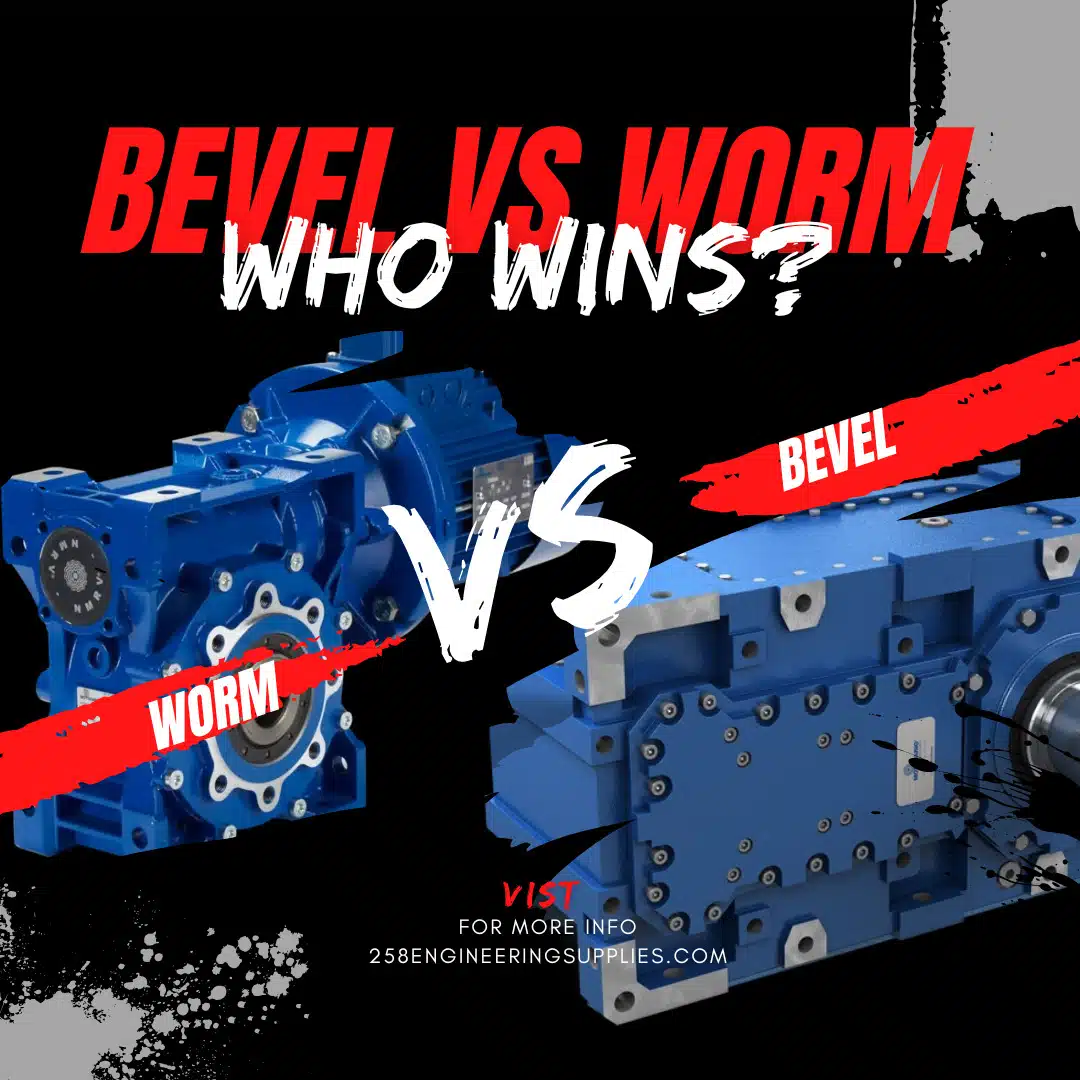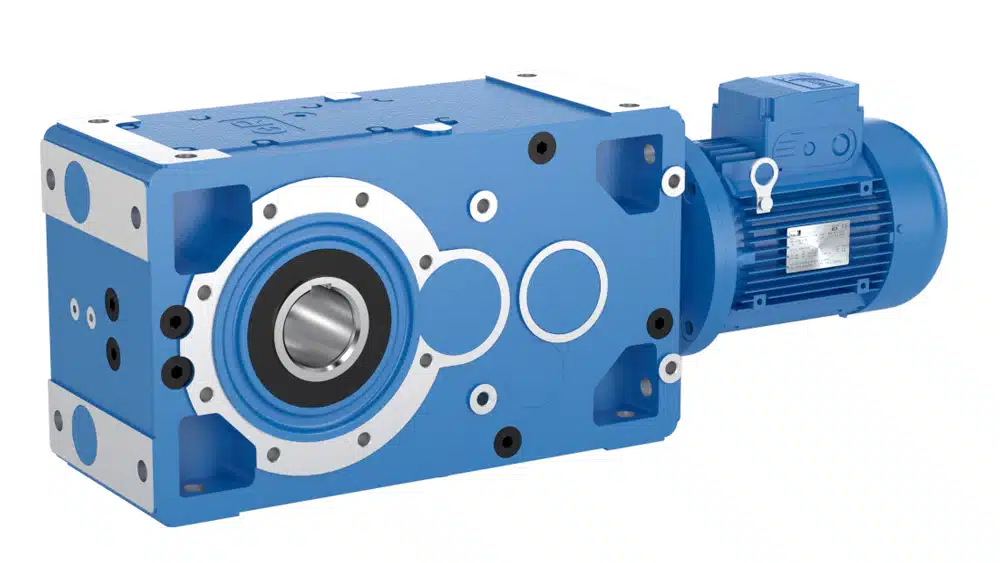Your cart is currently empty!
Bevel Helical Gearbox Vs Worm Gearboxes
In the industrial world, gearboxes are integral to many operations, with two common types being the worm gearbox and the bevel helical gearbox. Understanding the key differences between them can guide businesses to make informed decisions for specific operational requirements. In this article, we will explore the following:
- The concept of worm gearmotors and their applications
- An overview of bevel helical gearboxes and their uses
- A detailed comparison between worm gearboxes and bevel helical gearboxes
With these insights, businesses can harness the unique properties of these gearboxes to optimize their operations.
Worm Gearboxes
A worm box is a unique gear system where a ‘worm’ (a gear in the form of a screw) meshes with a worm gear (similar to a spur gear). The unique design of this system allows for an impressive control over speed and an enhancement of torque. This is primarily due to the worm’s ability to rotate the gear, but the gear cannot rotate the worm, creating a self-locking system that can halt the system if the worm stops turning.
Worm boxes are common in a variety of applications. Conveyor systems often use worm gears for their ability to handle heavy loads with ease. Instrument calibration, where precise control over gear movement is crucial, also frequently uses worm gearboxes.
Bevel Helical Gearboxes
Contrastingly, bevel helical gearboxes are a type of gearbox where the gear is positioned at an angle (typically 90 degrees) to the input shaft. This feature allows the gear to transfer motion between non-parallel shafts. They are renowned for their high power density and high torque output.
Applications of bevel helical gearmotors are widespread. They are commonly used in baggage conveyors at airports, rope lifters in construction, and in industrial mixers. Their design allows them to handle heavy loads and transmit significant amounts of power, making them ideal for heavy-duty applications.
Three Key Differences Between Worm and Bevel Helical Gearboxes
Working Mechanism
The working mechanisms of worm and bevel helical gearboxes are fundamentally different. Worm gearboxes use a large diameter worm wheel for speed reduction. This approach creates an efficient, precise, and smooth power transfer with superior shock absorption.
On the other hand, bevel helical gearboxes utilize the curving teeth inside a cone-shaped base to provide rotational motion between non-parallel shafts. This design allows for high power transfer and flexible rotation direction, which is beneficial for many applications.
Applications
While both types of gearboxes have diverse applications, worm gearboxes are often used in industries where quiet operation is essential. They find extensive use in the chemical and fertiliser industries due to their silent operation and high torque output.
Bevel helical gearboxes are ideally suited for high torque output and heavy-duty applications. Industries dealing with concrete, steel, and automotive often prefer these gearboxes due to their robust nature and high power transmission capabilities.
Power Transmission Capacity
The power transmission capacity is another distinguishing feature between these two gearboxes. Worm boxes, although highly efficient, are limited in their power transmission capacity. They are ideal for low-power, low-speed applications where precision is more critical than power.
Conversely, bevel helical gearboxes possess a high efficiency ratio and better power transfer capacity. They can handle larger loads and higher speeds, making them suitable for high-demand industrial applications.
Conclusion
Choosing the right gearbox for your operations is not a trivial task, and understanding the key differences between worm and bevel helical gearboxes is vital. By understanding their working mechanisms, applications, and power transmission capacities, businesses can make an informed choice to meet their specific needs. For more advice and guidance on selecting the best gearbox for your application, please do not hesitate to contact us at 258 Engineering Supplies.
To further your knowledge, consider reading our previous articles on related topics:
- Things to Know Before Selecting a Gearbox
- Understanding the Inner Working Of a Mechanical Gearbox
- Motovario Gearboxes and Geared Motors
Remember, the success of your operations hinges on the appropriateness of the selected equipment. Make an educated choice and keep the wheels of your industry turning smoothly.


